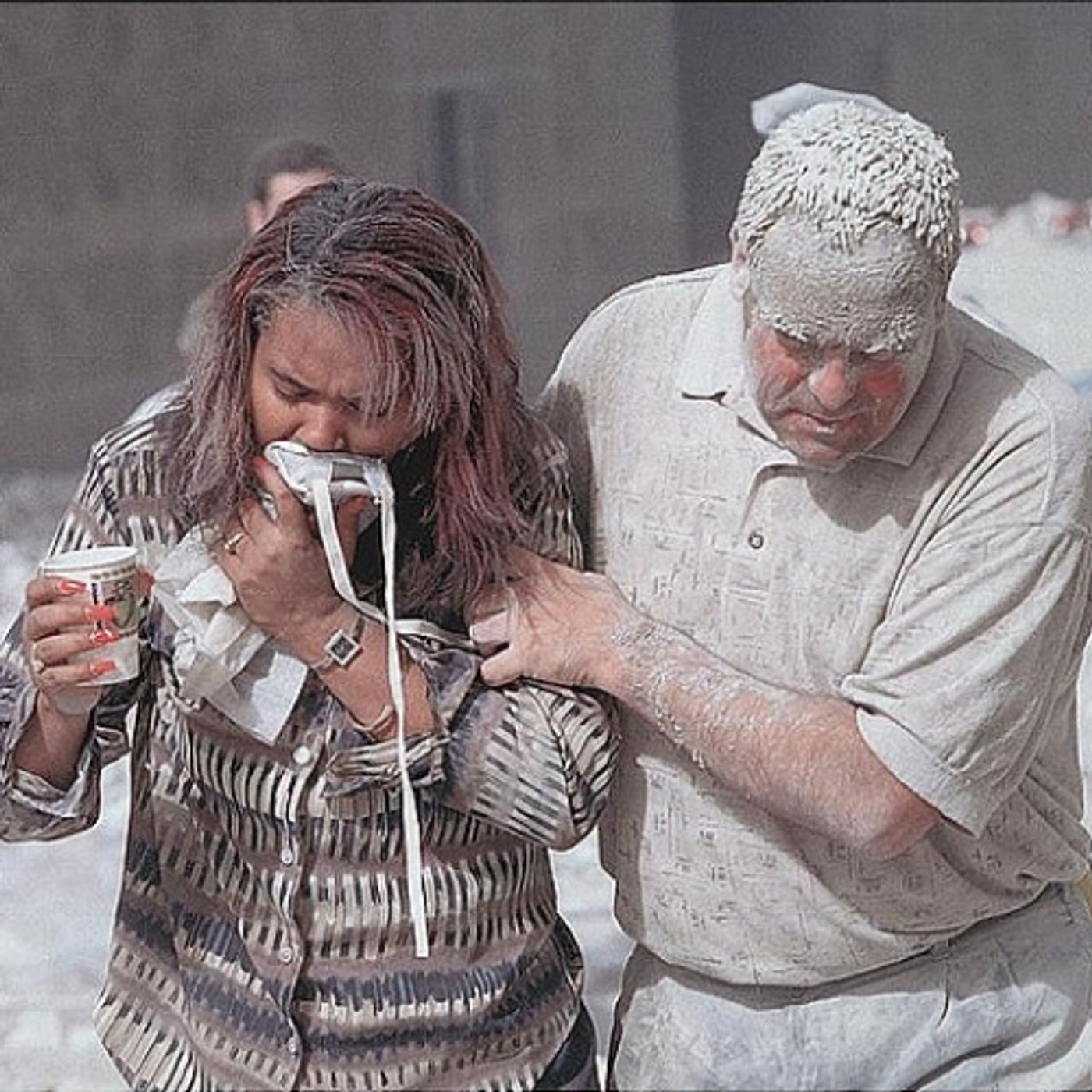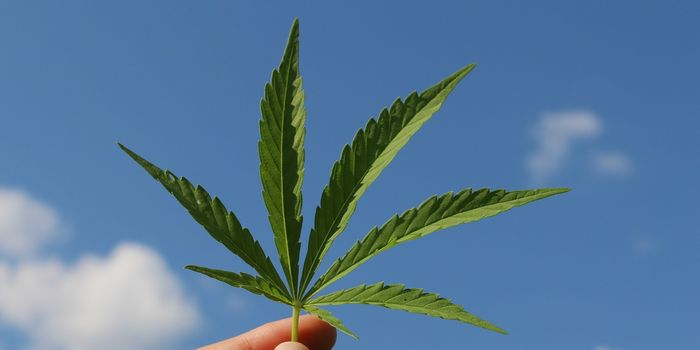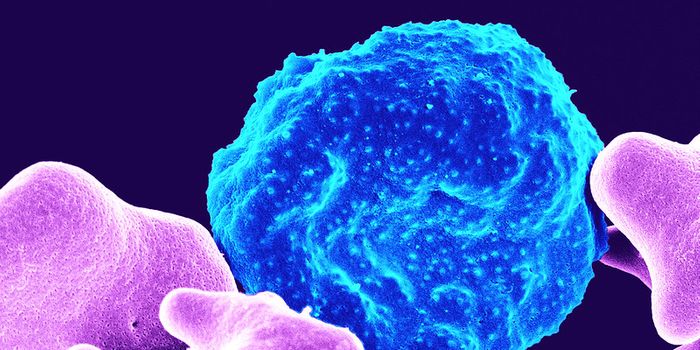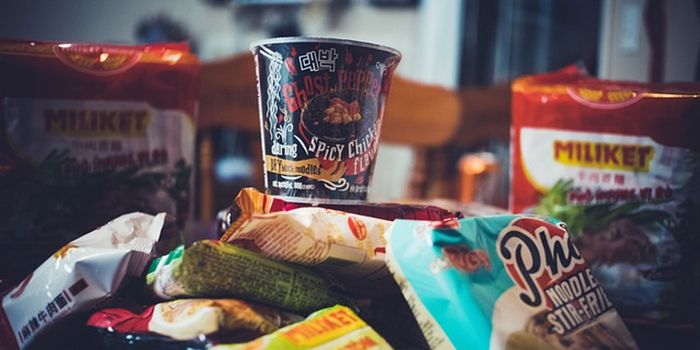Seventeen Years Later Health Problems from 9/11 Persist
September 11, 2001, is a date that is seared in the memory of thousands, if not millions of people nationwide. From victims and their families to first responders and construction workers, the emotional fall-out is only one part of the equation. Health issues for those who were near the World Trade Center on that awful day continue to claim lives.
The 9/11 Victims Compensation Fund (VCF) was created to compensate victims (and their heirs) for physical illness, injury or death that was related to the terrorist air crash at the World Trade Center and the construction and debris clean up that followed. As of August 2018, the numbers are up 38% over the same point in 2017. Officials at the VCF found 20,874 claimants eligible for compensation out of a total 38,502 claims submitted. Many cases are still under review; some were denied because they did not include supporting documentation and some were ruled as duplicate or inactive claims. The total amount awarded so far according to the most recent report is $4,279,427,412.73.
Cancer is the number one concern for 9/11 victims and survivors. Toxic substances from the planes, the buildings, and infrastructure in the area covered a wide area of the city, and even 17 years later, some who were there are still battling various forms of cancer as well as neurological illnesses and physical disabilities. Rupa Bhattacharyya is the VCF Special Master and directs the program. She told the NY Daily News recently, "There are diseases with long latency periods. Mesothelioma is one that is talked about often, and you won't even see it for 15 or 20 years. We won't see those claims for a while." Bhattacharyya says that "periodic assessments" of the data from the fund are conducted regularly so officials can tell if there will be enough money to help everyone before the fund expires in December of 2020.
While many in the towers and around the immediate area suffered severe injuries on the day of the attack, the massive cloud of dust that was created was "wildly toxic" according to pollution experts who have studied the attack. When the buildings came down, tiny bits of pulverized concrete filled the air and traveled miles beyond Ground Zero. When inhaled, it causes silicosis in the lungs, scarring them and causing lesions to grow. There was also asbestos in the air, chemicals from fluorescent lighting, jet fuel contaminants, and even tiny bits of glass and metal that were inhaled.
Studies since the attack have suggested that residents and construction workers were allowed back into the area too soon after the attacks and without proper safety precautions. First responders did not have a choice; thousands of police officers, firefighters and EMTs were on the scene for hours that day and in the days that followed. The NYPD and NYFD are seeing more health issues among their ranks every year, and it's taking a toll on staffing as well as morale. In New York, the Ray Pfeifer Foundation, named for a NYC firefighter who died in May 2017 from cancer-related to his service on 9/11/01 is helping other first responders who have suffered health issues. Check out the video below to see how this group is making a difference for those affected by the attacks.
Sources: ABC News, VCF, New York Daily News/Finger Lakes Times Ray Pfeifer Foundation









